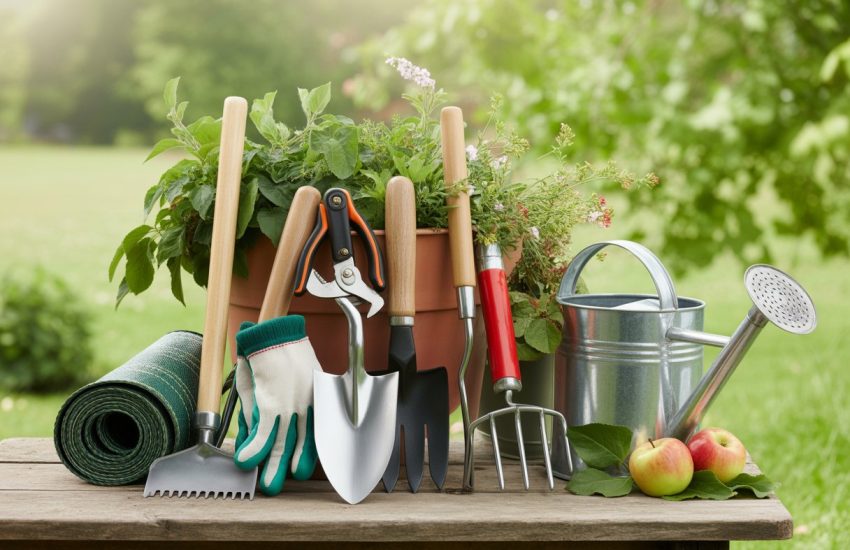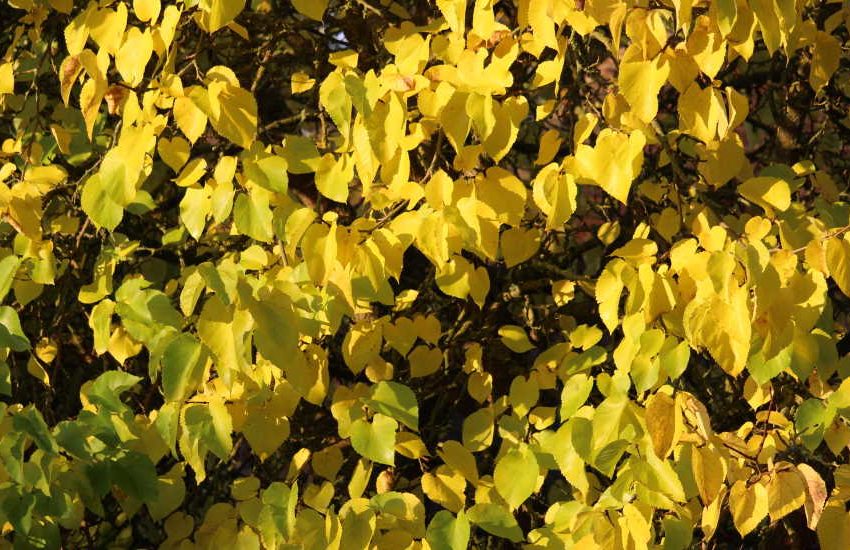Forget Me Not Seeds: How to Plant and Care for Them
Forget-me-nots are delicate, charming flowers that are known for their striking blue color and their ability to thrive in a variety of environments. These dainty flowers belong to the genus Myosotis, and they are native to Europe and Asia. Forget-me-nots are often used as ornamental plants in gardens, and they are also a popular choice for cut flower arrangements.

One of the most interesting things about forget-me-nots is their name. According to legend, a knight and his lady were walking along the edge of a river when the knight bent down to pick some blue flowers. Unfortunately, he was wearing heavy armor and fell into the water. As he was being swept away by the current, he threw the flowers to his lady and shouted, “Forget me not!” From that day forward, the flowers became known as forget-me-nots, and they have been associated with true love and remembrance ever since.
Forget Me Not Overview

Forget-me-nots, also known as Myosotis, are delicate and charming flowers that are popular in gardens and as cut flowers. They are biennial or short-lived perennials that belong to the Boraginaceae family. They are native to Europe, but have been introduced to other parts of the world, including North America, where they are now widespread.
Botanical Profile
Forget-me-nots are small plants that typically grow to be about 6-12 inches tall. They have soft, hairy leaves and small, delicate flowers that bloom in clusters. The flowers are typically blue, but can also be pink, white, or have yellow eyes. They have a distinctive shape with five petals that are fused at the base, giving the flower a tubular appearance. The flowers bloom from late spring to early summer and attract bees and other pollinators.
Varieties and Colors
There are many different varieties of forget-me-nots, each with their own unique characteristics. Some of the most popular varieties include:
- Myosotis sylvatica: This is the most common variety of forget-me-nots. It has blue flowers and is a biennial plant.
- Myosotis alpestris: This variety has pink flowers and is a perennial plant.
- Myosotis palustris: This variety has white flowers and is a perennial plant.
In addition to these varieties, there are also many other colors and variations available, including white with blue centers, pink with white centers, and more.
Overall, forget-me-nots are charming and easy-to-grow flowers that are perfect for adding color and interest to any garden. Whether you prefer blue, pink, white, or yellow-eyed varieties, there is a forget-me-not that is sure to suit your needs.
Cultivation Guidelines
Planting Forget Me Not Seeds
Forget me not seeds are easy to grow and can be planted in early spring or fall. To plant, scatter the seeds over moist soil and gently press them into the surface. It is important to keep the soil moist until the seeds germinate, which usually takes about 14 days.
Soil Preparation
Forget me nots prefer well-drained soil with plenty of organic matter. Before planting, prepare the soil by adding compost or other organic matter. If the soil is heavy or compacted, consider adding a soil amendment to improve drainage.
Sunlight and Location Requirements
Forget me nots thrive in full sun or partial shade. When choosing a location, consider the amount of sunlight the area receives throughout the day. If planting in a hot climate, partial shade may be necessary to prevent the plants from wilting.
In summary, planting forget me not seeds is a simple process that requires moist soil and proper sunlight. With a little care and attention, these beautiful flowers can add color and charm to any garden or landscape.
Maintenance and Care
Watering and Moisture
Forget-me-nots prefer moist soil, but not waterlogged soil. Overwatering can lead to root rot and other problems. It is important to water the plants deeply once a week, or more frequently in hot and dry weather. The soil should be kept moist but not soggy.
Dealing with Pests and Diseases
Forget-me-nots are generally resistant to pests and diseases. However, they can be affected by powdery mildew and rust. These fungal diseases can be prevented by providing good air circulation and avoiding overhead watering. If the plants do become infected, they can be treated with a fungicide.
Pests such as aphids and slugs can also be a problem. These can be controlled with insecticidal soap or by handpicking the pests.
Deadheading and Reseeding
Deadheading is the process of removing spent flowers. This encourages the plant to produce more blooms and prevents it from going to seed too quickly. Deadheading should be done regularly throughout the growing season.
Forget-me-nots are self-seeding, which means they will drop their own seeds and produce new plants. To encourage reseeding, allow the plants to go to seed at the end of the season. The seeds can then be collected and stored for planting in the spring.
Overall, forget-me-nots are easy to care for and require minimal maintenance. With proper watering, pest and disease control, and deadheading, these beautiful plants will thrive in any garden.
Landscape and Garden Design

When it comes to designing a garden or landscape, forget me nots can be a valuable addition. These delicate and charming flowers can add color and texture to a variety of settings, from borders and woodland gardens to containers and ponds.
Garden Placement
When choosing a spot for forget me nots, it’s important to consider their growing requirements. These plants prefer moist, well-drained soil and partial shade, making them a great choice for a shady spot in the garden. They can also be planted in meadows or naturalized in woodland areas for a more natural look.
Companion Planting
Forget me nots can be paired with a variety of other plants to create a beautiful and harmonious garden. They look particularly striking when planted with other spring-blooming bulbs like tulips and daffodils. They also pair well with ferns and hostas in shady areas.
Naturalizing Forget Me Nots
Forget me nots can be allowed to naturalize in a garden or landscape, creating a beautiful and low-maintenance display. To encourage naturalization, simply allow the plants to reseed themselves and avoid disturbing the soil around them.
Overall, forget me nots are a versatile and charming addition to any garden or landscape. With their delicate blue flowers and easy-going nature, they are sure to bring joy and beauty to any setting.
Propagation and Harvesting

Collecting Seeds
Forget me not seeds are easy to collect and store for future use. Once the flowers have bloomed and faded away, small seed pods will form in their place. These pods will turn brown and dry out as the seeds inside mature. To collect the seeds, simply wait until the pods are fully dry and then gently crush them between your fingers. The seeds will be released and can be collected for future use.
Propagating New Plants
Forget me not seeds can be propagated both indoors and outdoors. To propagate indoors, start by filling a container with potting soil and then sprinkle the seeds on top. Cover the seeds with a thin layer of soil and keep the soil moist until the seeds germinate. Once the seedlings have grown a few inches tall, they can be transplanted into larger containers or outdoors.
To propagate outdoors, start by preparing the soil in the desired location. Scatter the seeds on top of the soil and then cover them with a thin layer of soil. Keep the soil moist until the seeds germinate and the seedlings begin to grow. Thin the seedlings if necessary to ensure they have enough space to grow properly.
Forget me not seeds are also known for their ability to self-seed, meaning that they will drop their own seeds and grow new plants without any intervention. To encourage self-seeding, simply allow the flowers to bloom and then fade away naturally. The seeds will drop to the ground and grow new plants in the same location the following year.
Harvesting forget me not seeds is a simple process that can be done by anyone. With a little bit of care and patience, these seeds can be propagated and grown into beautiful forget me not plants both indoors and outdoors.
Frequently Asked Questions

How can one effectively collect and store Forget-Me-Not seeds?
Forget-Me-Not seeds can be collected by gently shaking the seed heads over a container. The seeds are very small and can be easily lost, so it is important to handle them with care. The seeds should be stored in a cool, dry place in an airtight container. It is recommended to use the seeds within a year for best results.
What are the visual characteristics of Forget-Me-Not seeds?
Forget-Me-Not seeds are very small and oval-shaped, with a brownish-black color. They are often mistaken for dirt or debris due to their small size.
What are the best practices for growing Forget-Me-Nots from seeds?
Forget-Me-Nots prefer well-draining soil and partial shade. The seeds should be sown on the surface of the soil and lightly covered with a thin layer of soil. Water the soil regularly, but avoid overwatering. The seeds should germinate within 1-2 weeks.
Can Forget-Me-Not plants become invasive, and how can this be managed?
Forget-Me-Not plants can self-seed and spread quickly, but they are not considered invasive. To manage their spread, deadhead the flowers before they go to seed and remove any unwanted seedlings.
Are Forget-Me-Not seeds safe around pets, particularly dogs?
Forget-Me-Not seeds are not toxic to pets, including dogs. However, it is still recommended to keep pets away from the plants to prevent accidental ingestion.
How are Forget-Me-Not seeds typically used in memorial services?
Forget-Me-Not seeds are often used as a symbol of remembrance in memorial services. They can be given as gifts to mourners or planted in memory gardens. The blue flowers of the Forget-Me-Not plant are also a symbol of hope and love.


